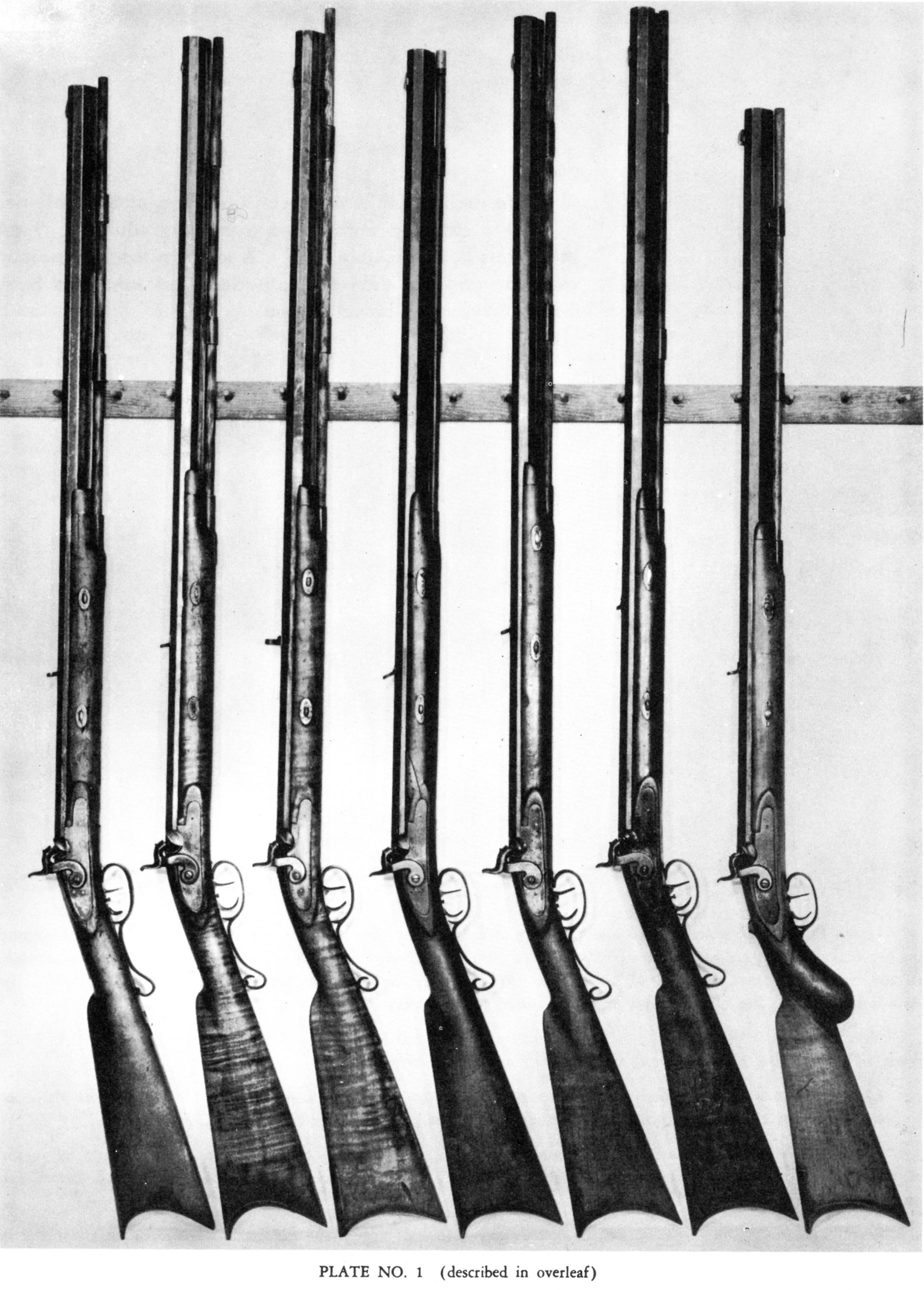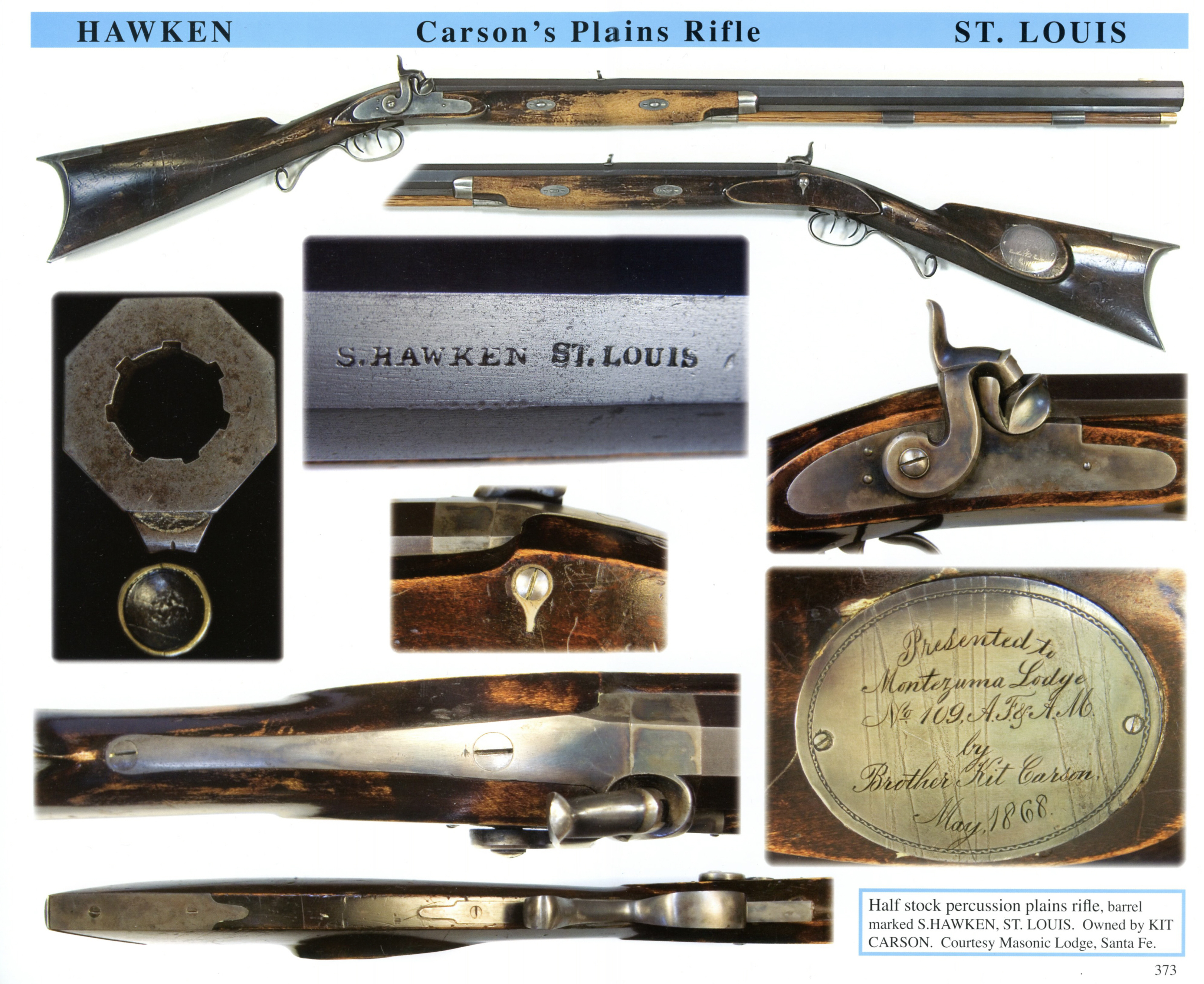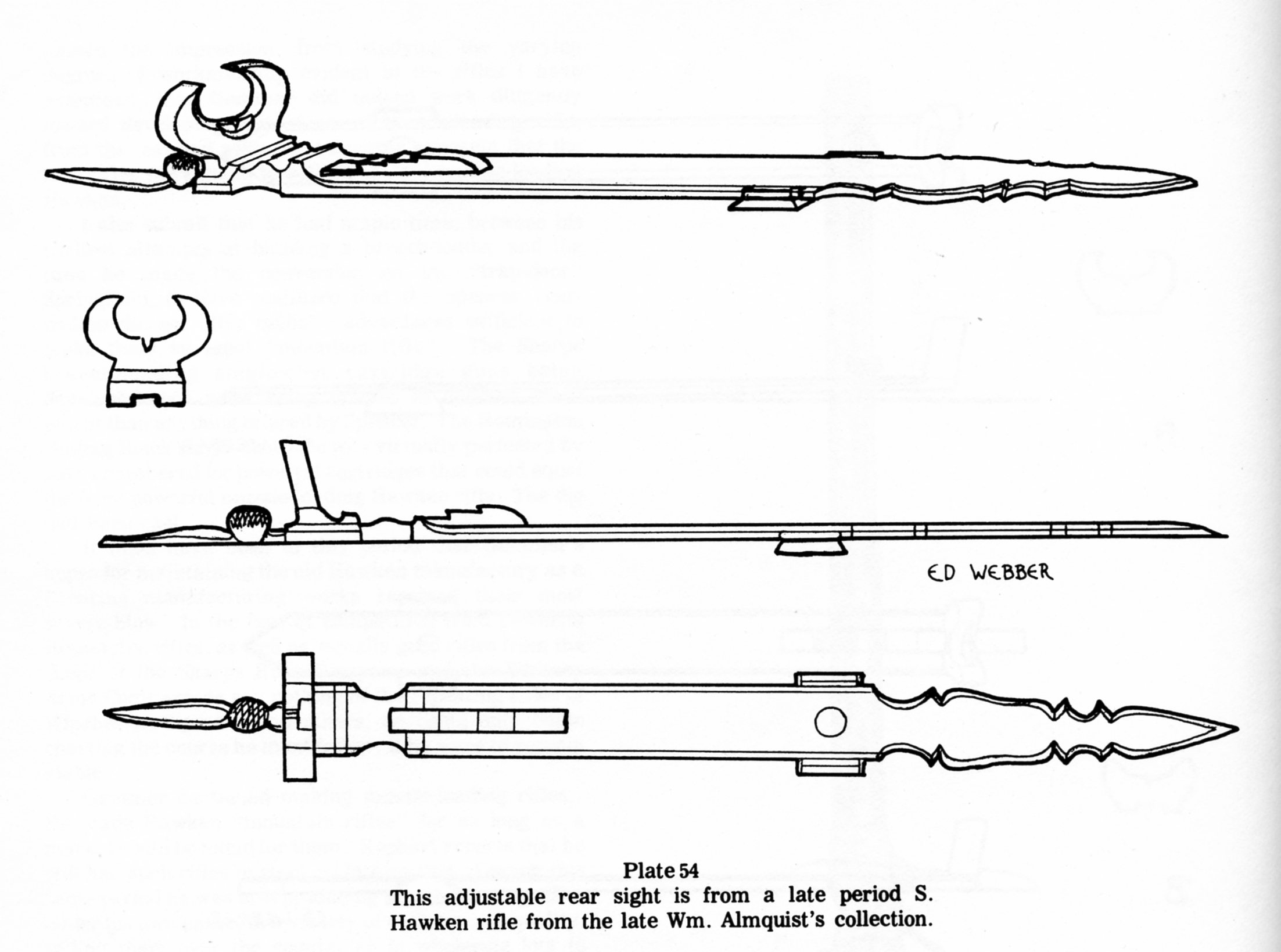Jaegermeister,
That's a fine looking rifle and something you can be proud of.
It's been pointed out on this thread and some others that this forum seems to be taking some unfortunate directions. I second that motion. There's been some unnecessary negative comments, a few personal attacks, and a lot of off topic discussion. But what I think is the biggest shame has been a general dumbing down on a lot of posts.
There are too many misstatements and down right errors being passed off as facts. It's almost as if some people get all their information from the internet.
Smokey Plainsman said:
The original Hawkens used plainer maple and had browned iron, no case hardening. Also those sights are much more elaborate than those found on the originals.
Smokey, I don't mean to pick on you, and obviously I mean nothing personal, but you appear to have made a comment that you probably heard or read somewhere on the internet and repeated it here as fact.
One of the truisms about Hawken rifles is that it is very dangerous to make rules or absolute statements about them. The brothers operated the shop for about 30 years and others continued the operations for almost another half century. During that time, all types of rifles were produced.
"
original Hawkens used plainer maple"
A majority of Hawken rifles were probably built with plain maple, but a surprising number of surviving Hawken rifles have curly maple. Here is a famous photo of Hawken rifles in the James Serven collection. Note that two of the seven rifles pictured have curley maple. If we were to assume that this is a representative sampling of the population, then 29% of late Hawken rifles were built with curley maple.
There are pictures of other Hawken rifles with fancy wood in Baird's books and in Jim Gordon's books.
"
original Hawkens...had browned iron"
The few surviving Hawken rifles that still exhibit some original finish suggest that color case hardened iron was more the rule than the exception. These photos of Kit Carson's last Hawken still show the case colors on the lock, hammer, breech, tang, and trigger guard. The butt plate was also case colored along with the nose cap.
The barrel on the Carson Hawken still exhibits some of its original blue. It was either rust blued or charcoal blued.
Don Stith once owned a pre-1840 J&S Hawken that was written up by George Shumway in the August 1988 issue of
Muzzle Blasts that also retained most of its original finish. It had case hardened iron parts and charcoal blued barrel, also.
The brown iron we see on Hawken rifles today is probably the result of decades of rusting and acquired patina.
Steel was expensive during the time that the Hawken brothers were building rifles and used only for springs. An inexpensive steel making process wasn't invented until 1855 and not put into full scale production until about the time of the Civil War.
Soft iron was used for barrels, locks, butt plates, trigger guards, and etc. on muzzleloaders right up to the beginning of the cartridge era. Parts that were subject to wear like the lock, hooked breech, butt plate, etc. were often case hardened to resist wear.
"
those sights are much more elaborate than those found on the originals"
You need to add the qualifier "most" in your statement. There is a S. Hawken marked rifle with a very similar adjustable sight and several Gemmer era rifles with adjustable sights.
This image is from Baird's second book.
There are also surviving S. Hawken rifles with tang sights and pistol grip wrists for target shooting.
Everything on Jaegermeister's Pedersoli Hawken can be found on original Hawken rifles.
If I had the rifle in front of me, I could probably find some small things to nit pick, but the metal finishes Pedersoli got right.



